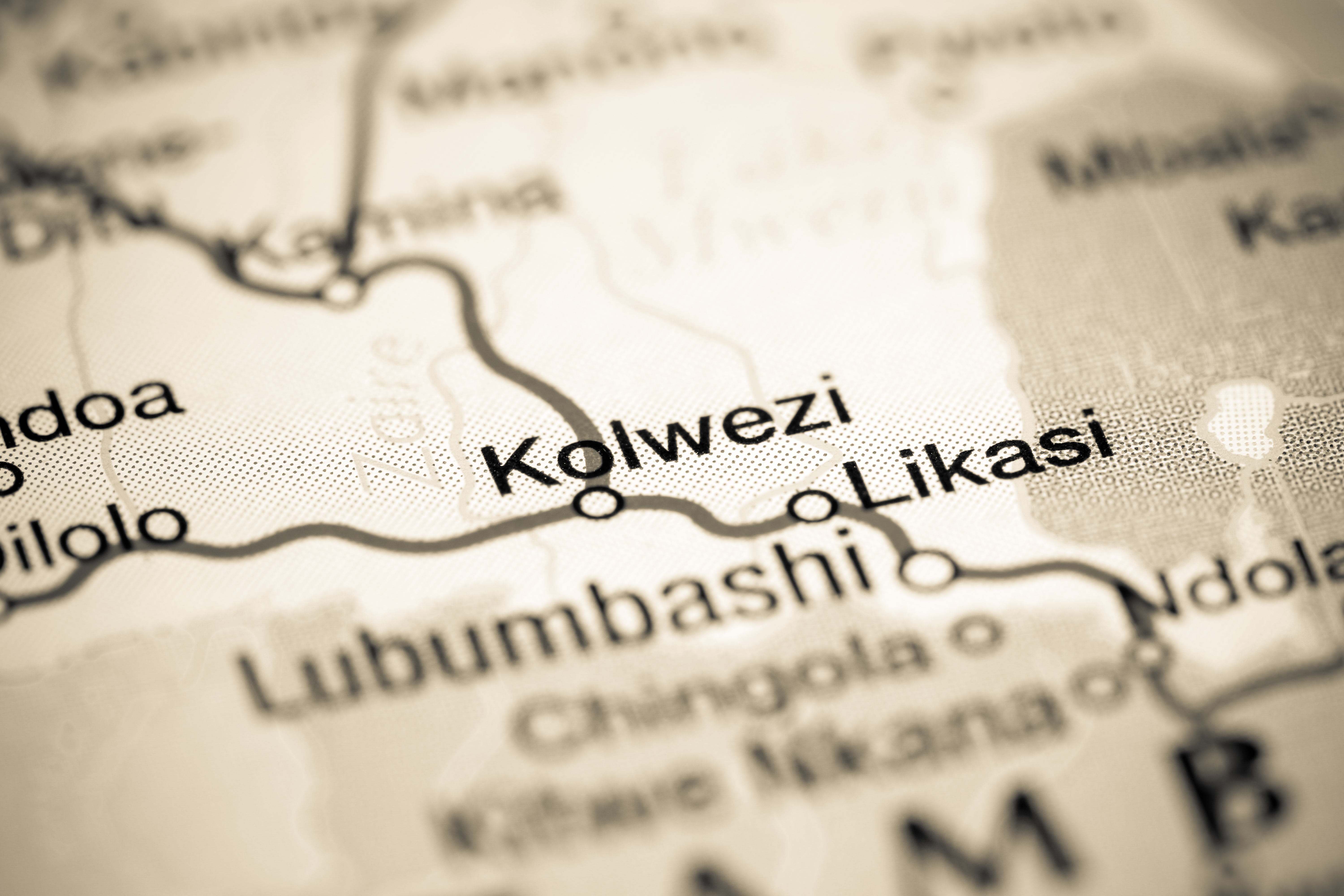DRC overtakes Peru as world's second-largest copper producer
News Analysis

2
Apr
2024
DRC overtakes Peru as world's second-largest copper producer
The DRC has recently emerged as the world’s second-largest producer of mined copper, surpassing Peru.
According to Banque Centrale du Congo, in 2023, the DRC produced 2.8Mt of mined copper, exceeding Peru’s output of 2.7Mt. Additionally, Peru’s copper mine production fell by 1.25% y-o-y in January to 205kty from 208kty, whereas the DRC’s copper production rose by 9.3% y-o-y from 192kty to 209kty. This notable surge in copper mine production can be attributed to several factors that distinguish the DRC from traditional mining heavyweights like Peru.
A key factor contributing to the DRC's copper boom is the substantial involvement of Chinese companies. These companies control about 70% of the country's copper production. They have injected significant investments into both mining operations and essential infrastructure, thereby streamlining the extraction and external transportation of copper resources. A reported US$7Bn agreement between the Chinese mining company ‘Sicomines’ and DRC’s state-owned mining company, Gécamines, highlights the scale of investment, particularly in road highway construction within the DRC. The country also benefits from geopolitical dynamics, positioned amidst a tug-of-war between China and the West for critical metals. Initiatives such as the US$850M road project connect copper and cobalt mines to key export port hubs. The Lobito Corridor, which connects the DRC to the port of Lobito in Angola via Zambia, serves as a vital lifeline for the copper mining sector in the country. It enables increased production by providing an efficient transportation route, access to seaports and enhances international trade connectivity.
Furthermore, the Kamoa-Kakula mine has played an important role in boosting copper production in the DRC and is set to have an even greater influence in the future with a planned capacity expansion from 430kty to 600kty. Additionally, the nation hosts substantial economic concentrations of higher ore grades than Peru, particularly copper-cobalt deposits. The strategic significance of cobalt, particularly in the context of its increasing demand for electric vehicles (EVs), has attracted greater attention to these copper-cobalt ores, thereby further enhancing the sector’s viability.
The DRC’s mining industry is relatively politically stable and faces fewer challenges from local communities, leading to a more stable operational environment, unlike Peru, where internal political tensions in mining regions between indigenous communities and the central government have impeded progress and deterred investment. The Southern Mining Corridor, a major copper-mining region in Peru, has been particularly susceptible to social unrest, further exacerbating the industry's woes.
Unlike the DRC’s upside potential with several greenfield projects in the pipeline, Peru's copper sector predominantly relies on brownfield projects, with limited prospects for significant greenfield developments. Moreover, issues such as lower-grade deposits and water scarcity pose additional hurdles to Peru's copper production aspirations.
According to Peru’s energy and mining minister, Romulo Mucho, Peru’s copper mine production could reach 3Mt in 2024. However, Peru's lingering political instability, coupled with structural challenges and environmental concerns, cast a shadow over its long-term prospects in the copper market. To address the decline in the Peruvian copper industry, Peru could consider implementing several strategies. These include creating a stable political environment that encourages long-term commitments to mining projects, streamlining bureaucratic hurdles to attract investment and facilitate the development of new mining projects. Lastly, strengthening relationships with local communities by engaging in meaningful dialogue and addressing concerns to help mitigate opposition to mining activities.